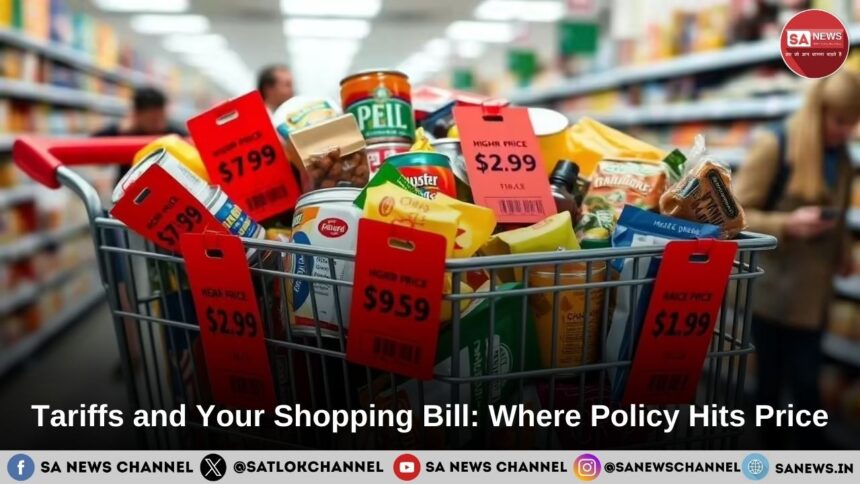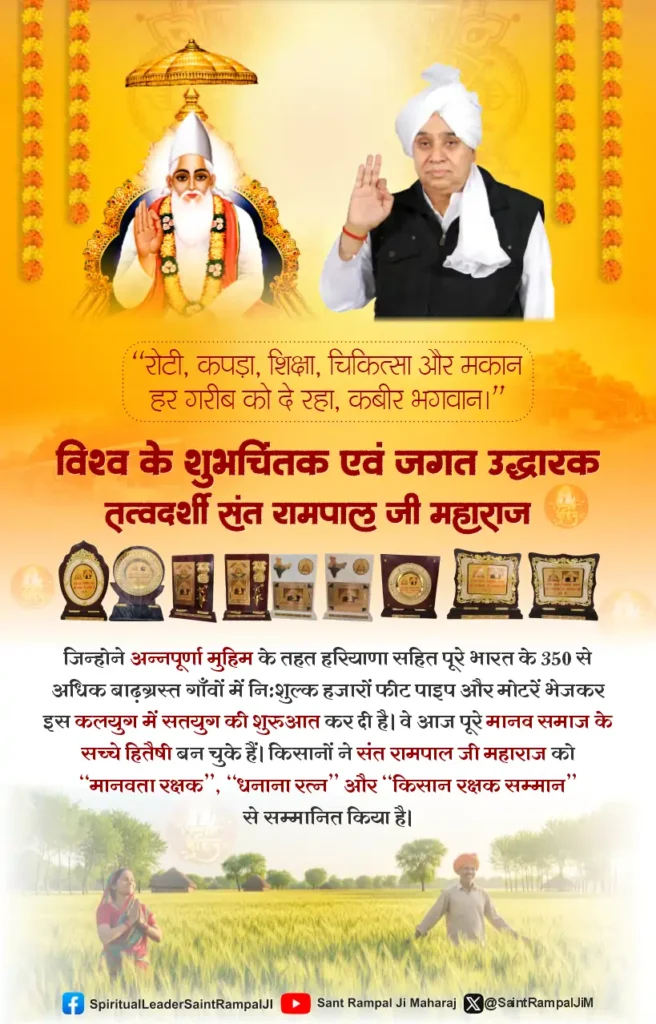Imagine you are at the checkout counter, handing over your grocery items for billing. But what if the owner told you that a policy decision made in a government office just added ₹500 to your bill? You didn’t buy anything extra. No surprise charges. Just a quiet policy decision that slipped into your bill. Tariffs may sound distant, but they show up where it matters – in the price of your groceries, your gadgets, even your morning tea.
This article unpacks how those behind-the-scenes decisions in trade policy ripple through global markets and land right in your shopping basket – often without you even realising it.
What are Tariffs?
Tariffs are basically taxes. Those taxes which are imposed by the government on foreign goods are tariffs. They are charged either as a percentage of an item’s value or as a fixed amount per unit. Think of them like a toll gate for products – before something crosses the border, it pays a fee.
Take the Tesla Model Y, for example, as shown in the diagram
Final prices are subject to fluctuations.
Governments use tariffs to protect local industries from cheaper foreign competition, raise revenue, or respond to trade disputes. While they’re set at the policy level, their impact trickles down to businesses and eventually day to day consumers – often showing up quietly in your final bill.
From Policy to Price Tag: The Chain Reaction
When the government announces a tariff, the ripple effect begins. Importers pay extra to bring goods into the country. To stay profitable, retailers adjust their prices and that cost quietly lands in your shopping bill.
Whether it’s imported electric vehicles, almonds, or branded clothes, the pattern repeats: a policy decision made far away ends up changing what you pay at check out. And it’s not just luxury items, even everyday essentials can feel the pinch. The impact is subtle, but steady. You may not notice it on a single receipt, but over time, tariffs shape your spendings more than you think.
Also Read: Trump Delays Tariffs for 90 Days – Except on China: Tactical Pause or Strategic Bluff?
All the processes are linked to each other and are a small part of the supply chain mechanism. Here’s how the flow works:
Government imposes tariff — Import cost rises — Retailer increases price — Consumer pays more — Demand shifts or drops — Domestic producers may benefit
Who Benefits and Who Feels the Pinch
Who Gains
- Usually tariffs are imposed to protect the local producers and manufacturers and it lowers the competition in the market by increasing the prices of foreign goods.
- Governments: Collect revenue from import duties, which can support public spendings.
Who Loses
- Import-dependent businesses: Face higher costs, which can squeeze their profit margins.
- Consumers: End up paying more, often without knowingly why.
- Retailers struggle to maintain price stability, especially when tariffs fluctuate or apply suddenly.
- Exporters(Indirectly): May face retaliation from other countries, leading to reduced demand for Indian goods abroad.
Balanced Example
Lowering import tariffs on electric vehicles like the Tesla Model Y makes global brands more accessible in India. But it also puts pressure on domestic EV makers like Mahindra, TATA, who now face tougher competition. One policy shift opens doors for some and raises challenges for others.
Politics in Your Shopping Basket
Tariffs may look like economic tools on the surface, but they often carry political intent beneath the numbers. Governments use them to send signals to negotiate trade deals, protect strategic interests, or appeal to voters during election season. These decisions aren’t just about balancing spreadsheets; they reflect broader priorities and power plays.
For example, when the U.S. imposed tariffs on Indian exports – raising duties to 50% on items like textiles, auto parts, and seafoods. It wasn’t just about trade numbers, it was a response to deeper diplomatic tensions, including disagreements over energy imports and strategic alliances.
While these decisions are made in government offices, their effects aren’t confined to policy papers. They quietly shape your shopping experience : from the price of a shirt to the cost of a car spare part – reminding us that global politics often impacts how we earn and how we spend.
Personal Impact and Practical Takeaways
Tariffs may seem distant, but their effects show up in everyday choices and your monthly budget. One simple habit is checking country-of-origin labels before buying. If the price spikes due to import duties, consider switching to local alternatives. You’ll often find similar quantities at lower cost.
Stay informed about major trade policy shifts, especially those affecting food, electronics, or fuel. They can quietly reshape your spendings.
For instance, swapping imported coffee beans for locally roasted ones from Kerala and saving ₹200 per month with no compromise in taste. Small changes like this add up, helping you stay ahead of price hikes while supporting homegrown businesses. Tariffs may be policy, but your response can be practical.
Closing Reflection
Tariffs don’t just tweak numbers, they shape the shelves we browse and the bills we pay. Behind every price tag is a quiet story of policy, politics, and global power plays. From imported coffee to electric cars, what you buy is often decided long before you reach the checkout. So next time you spot a sudden price jump, remember: your shopping basket isn’t just a list – it’s a reflection of the world’s shifting priorities.
Just as nations impose tariffs to settle debts, every soul carries its own karmic dues. Jagatguru Tatvdarshi Sant Rampal Ji Maharaj teaches that true liberation comes not through wealth, but through surrender to a Complete Saint and divine wisdom – erasing the ultimate debt and restoring eternal balance beyond the material world.
- Website: www.jagatgururampalji.org
- YouTube channel: Sant Rampal Ji Maharaj









